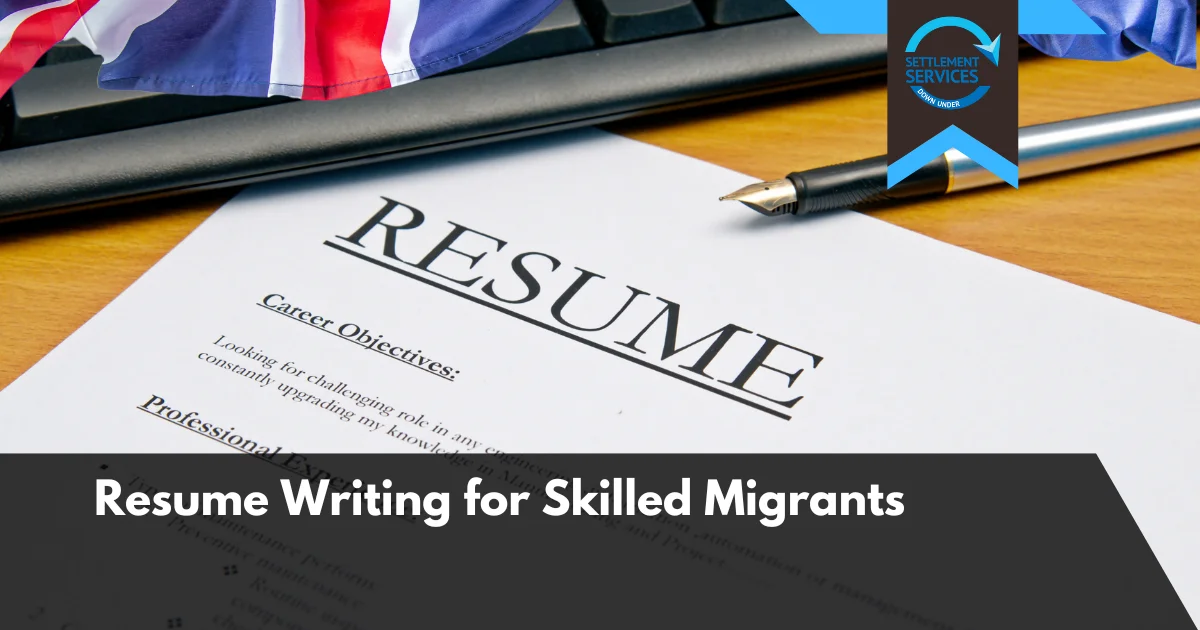As of July 1, 2024, Australia introduced several significant changes to its immigration policies for temporary residents. These adjustments aim to improve the integrity of the system, support skilled migration, and prevent visa misuse. Below is an overview of the new rules, categorized by key topics.
Changes to the Temporary Graduate Visa (Subclass 485)
The Temporary Graduate Visa (Subclass 485) saw various modifications to ensure that it aligns better with Australia’s labor market needs. The key changes include:
Age Limit
- The maximum eligible age for this visa has been reduced to 35 years for most applicants.
- Hong Kong and British National Overseas passport holders, as well as those with a Master’s (research) or PhD, can apply until the age of 50.
Streams and Stay Periods
| Qualification Level | Maximum Stay |
|---|---|
| Bachelor’s Degree (including honors) | Up to 2 years |
| Master’s (coursework, extended, or research) | Up to 2-3 years |
| Doctoral Degree (PhD) | Up to 3-4 years |
| Hong Kong/British National Overseas | Up to 5 years |
These adjustments remove the previous two-year extension for select degrees and limit the number of visas an individual can hold under this stream.
Restrictions on In-Country Visa Applications
To reduce visa-hopping, certain temporary visa holders are no longer allowed to apply for a student visa while inside Australia. Affected visa subclasses include:
- Temporary Graduate (Subclass 485)
- Visitor (Subclass 600, 601, 651)
- Maritime Crew (Subclass 988)
- Other specified visa subclasses
This measure ensures that the student visa program remains focused on genuine applicants.
Also Read: Skilled Occupation List (SOL) in Australia
Temporary Skilled Migrant Income Threshold (TSMIT)
From July 2024, the Temporary Skilled Migrant Income Threshold (TSMIT) was raised to AUD $73,150. This increase reflects recent growth in average weekly earnings and applies to all new nomination applications. It aims to ensure that migrant workers are compensated at appropriate levels.
TSMIT Increase Chart
Below is a comparison of the TSMIT before and after the 2024 update:
| Year | TSMIT (AUD) |
|---|---|
| 2023 | $70,000 |
| 2024 | $73,150 |
New Rules for Working Holiday Visas
Significant changes were also made to the Working Holiday Visa (WHV) program, particularly benefiting citizens from the Philippines and the UK:
- Filipino citizens can apply for a WHV (Subclass 462) from July 2024, allowing up to 200 individuals each year.
- UK citizens no longer need to meet specified work requirements for subsequent WHVs (Subclass 417).
Working Holiday Visa: Eligible Citizens
| Country | Changes | Age Limit |
|---|---|---|
| Philippines | First-time eligibility for WHV | 18-30 years |
| United Kingdom | Removal of specified work requirement | 18-35 years |
Employer Compliance and Migrant Worker Protections
The Migration Amendment (Strengthening Employer Compliance) Act 2024 introduced stricter measures to prevent migrant worker exploitation. Key provisions include:
- Criminal penalties for coercing workers into breaching visa conditions.
- Public disclosure of employers found guilty of such practices.
- Increased penalties for non-compliance, including banning employers from hiring new visa holders.
These changes, combined with enhanced Australian Border Force (ABF) powers, aim to provide a safer working environment for temporary migrants.
Business and Investor Visas
The Subclass 188 Business Innovation and Investment Visa is being phased out from July 2024, with transitional pathways available for current visa holders to transition to permanent residence via the Subclass 888. This change reflects Australia’s intention to reform its business and investment visa program.
Also Read: New Migration Strategy Policy Roadmap in Australia
Family Migration Visas
Changes to Partner Visas (Subclass 820/801 and 309/100) and the Prospective Marriage Visa (Subclass 300) were introduced to support individuals in vulnerable family situations, such as domestic violence or the death of a sponsor. This adjustment aims to preserve applicants’ pathways to permanent residence even if their relationship ends.
These new rules reflect Australia’s commitment to maintaining a fair and robust immigration system. The focus is on preventing exploitation, encouraging skilled migration, and ensuring that visa pathways are used as intended. Temporary residents and migrants must remain aware of these changes to navigate the system effectively.







